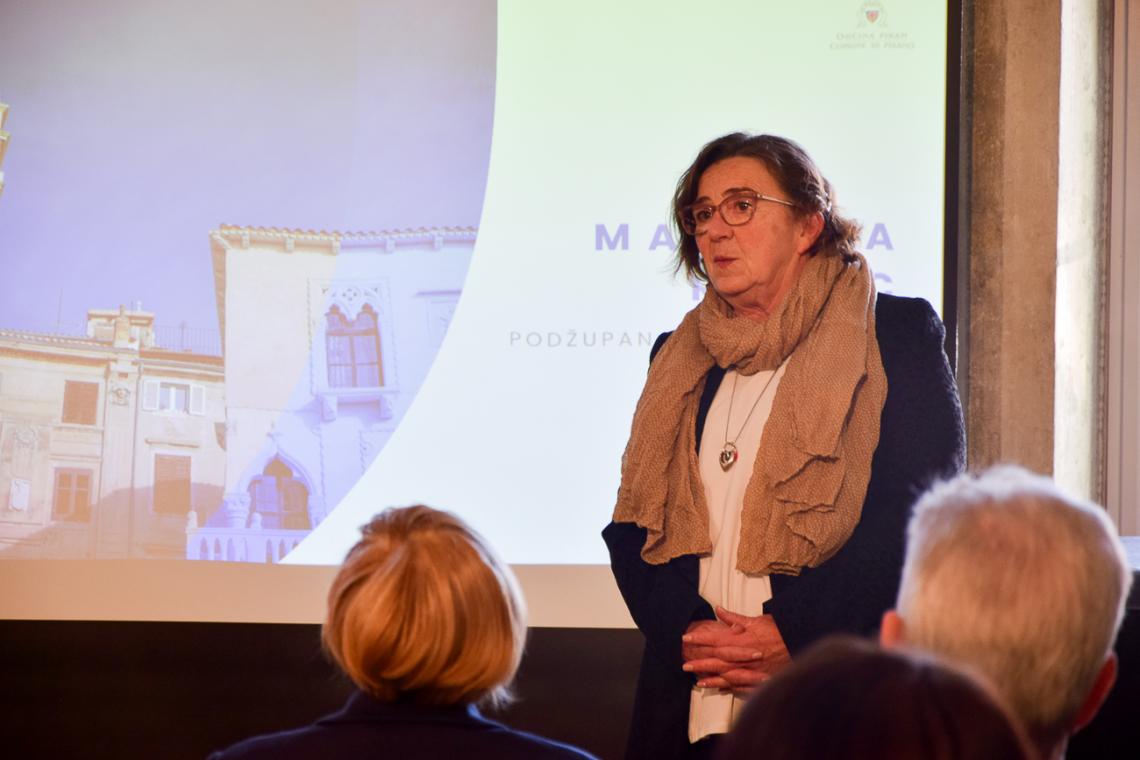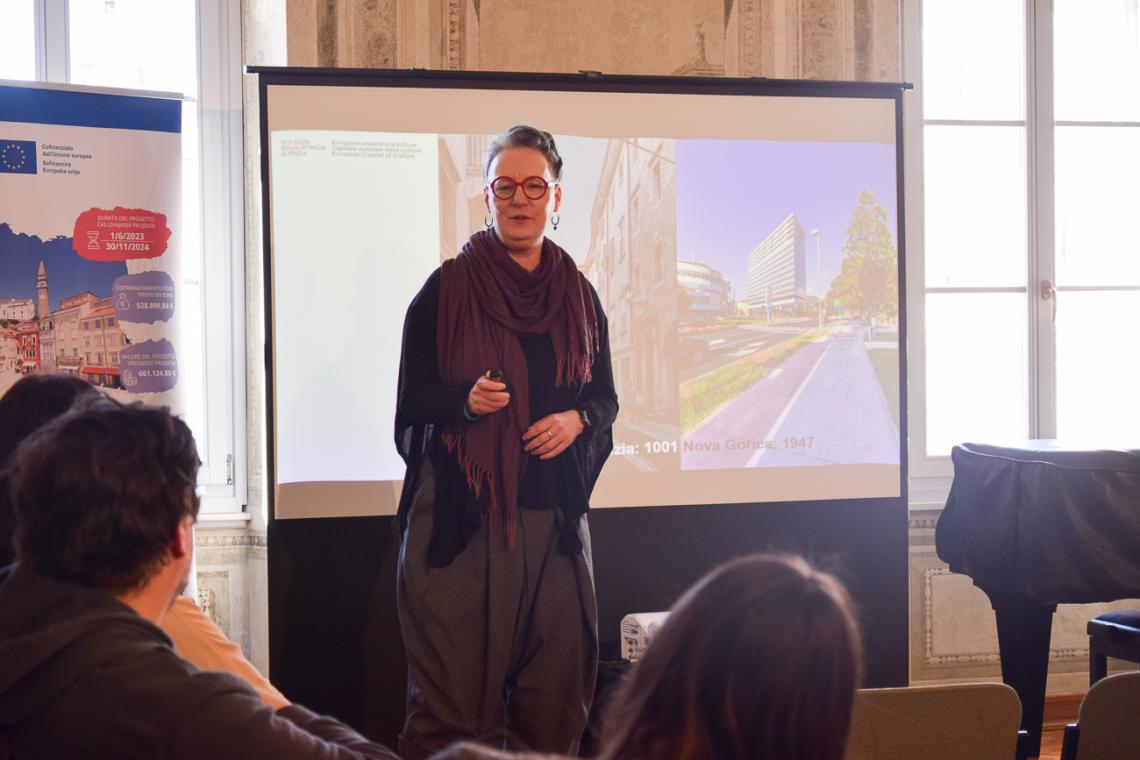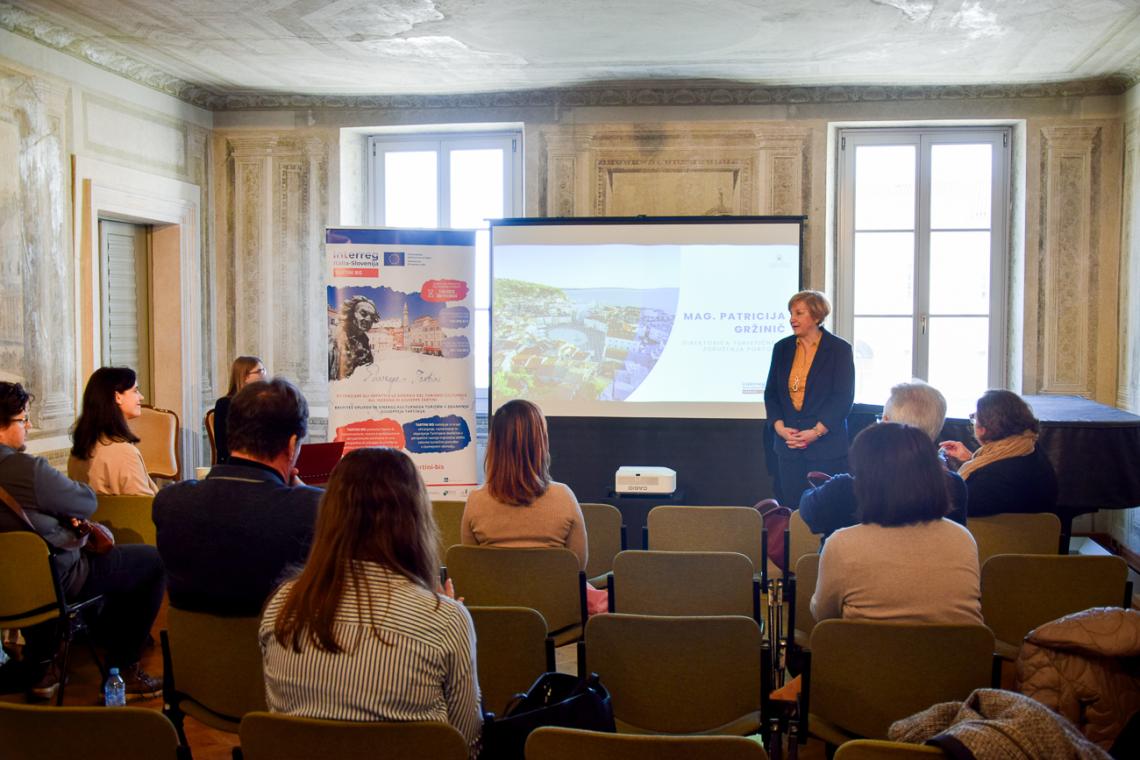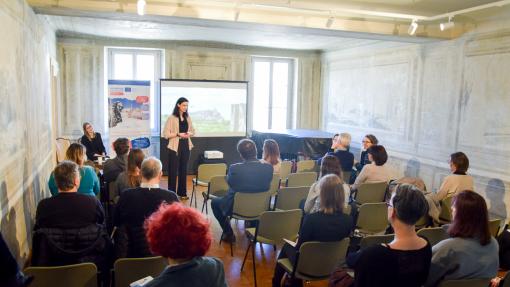The workshop entitled “Connecting Culture and Creativity with Tourism” was successfully held on 7 March 2025 at Tartini House in Piran-Pirano. It was organized by the Municipality of Piran-Pirano in collaboration with the Portorož-Portorose Tourist Board and the Nea Culpa Agency, the curator of the Slovenian Tourist Board's thematic guidelines Art & Culture 2024–2025.
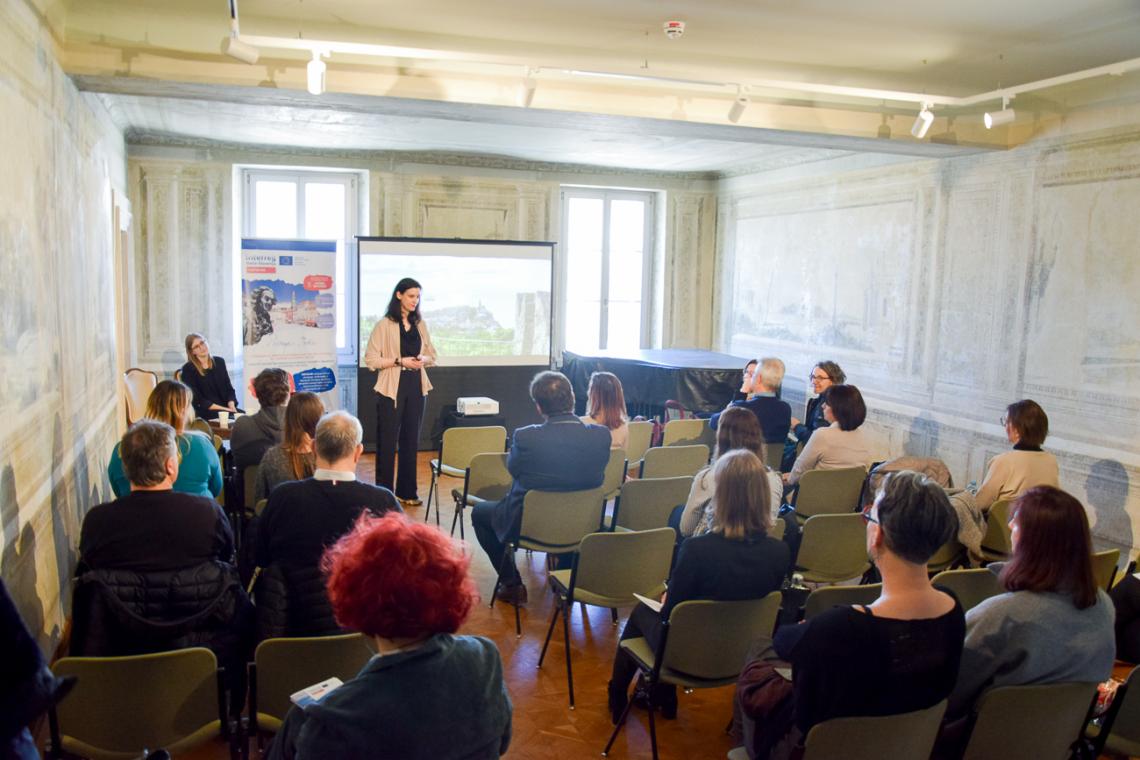
The initiative, part of the event series “Opportunities for Enhancing Musical and Cultural Tourism”, brought together tourism operators, representatives of cultural institutions, and event organizers to reflect on the increasingly central role of cultural tourism, especially in light of the changing travel habits of younger generations.
A Dialogue Between Heritage and Innovation
After the institutional greetings from Deputy Mayor Manuela Rojec and the Director of the Portorož-Portorose Tourist Board Patricija Gržinič, the workshop officially opened with a presentation by Neja Petek of the Nea Culpa Agency. She illustrated the promotional strategies linked to the Art and Culture theme within the framework of Slovenian tourism for 2024–2025, also highlighting the tourism initiatives dedicated to Giuseppe Tartini. This was followed by a talk from Kris Dassena of the Municipality of Piran-Pirano, who introduced the TARTINI BIS project, aimed at enhancing the cultural heritage of the renowned composer through new forms of tourist experience.
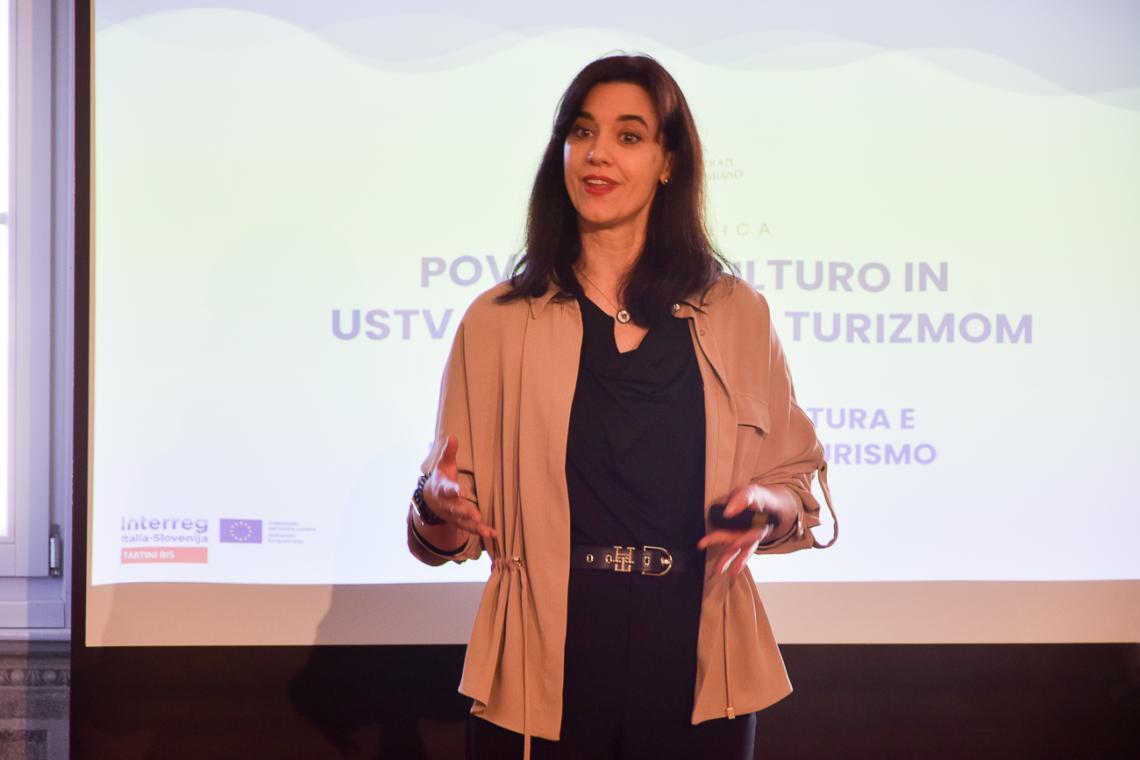
The discussions revealed strong interest among participants in jointly promoting Giuseppe Tartini’s cultural legacy.
The “Inspirations” session offered particularly meaningful insights: Maša Klavora from the Walk of Peace Foundation — also involved in the Interreg Italy-Slovenia projects WALKofPEACE+ and BeWoP — presented the cross-border project “The Walk of Peace”, while Andreja Repič Agrež from the public institution GO!2025 showcased the opportunities provided by the European Capital of Culture 2025 as a driver of new cross-border cultural connections.
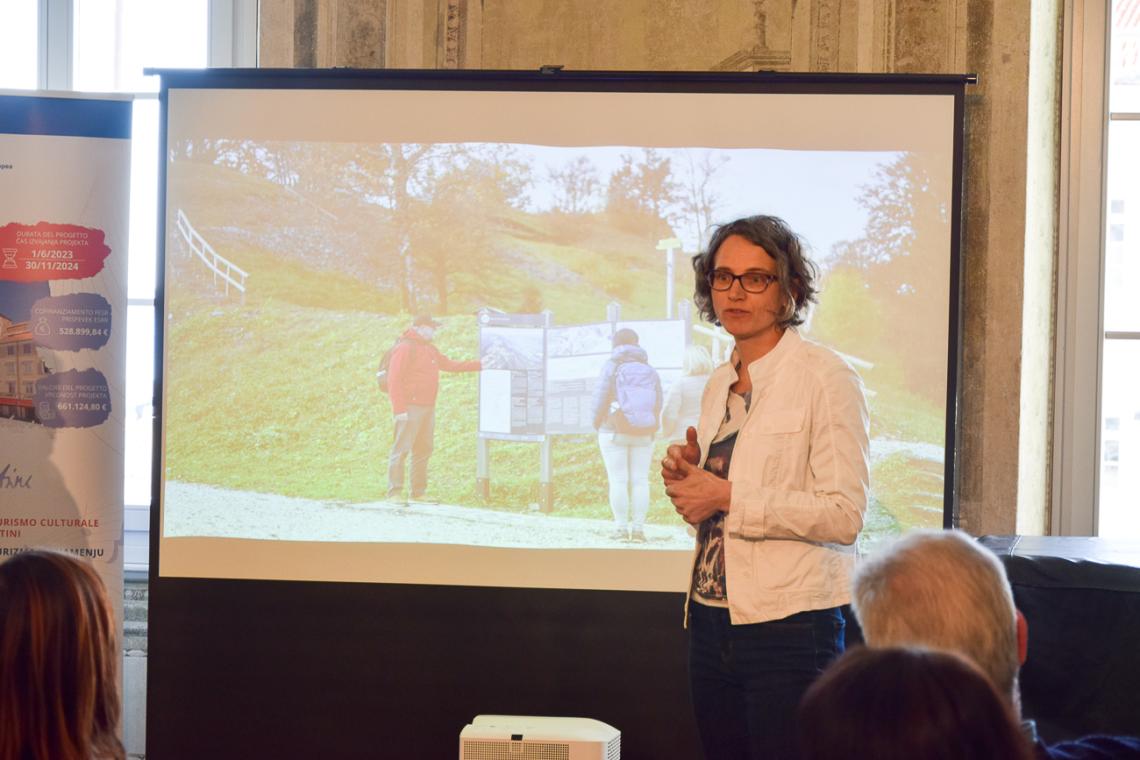
Exploring and Networking Through Tartini’s House
The workshop concluded with a visit to the birthplace of Giuseppe Tartini, where participants had the chance to discover lesser-known aspects of the maestro’s life — not only as a composer and violinist but also as a scientist, technologist, and teacher.
A final convivial gathering fostered the exchange of ideas and the creation of new synergies among those present.
The event reaffirmed the strong interest in and need for strengthening the dialogue between the creative and tourism sectors, promoting authentic experiences rooted in local cultural heritage.
